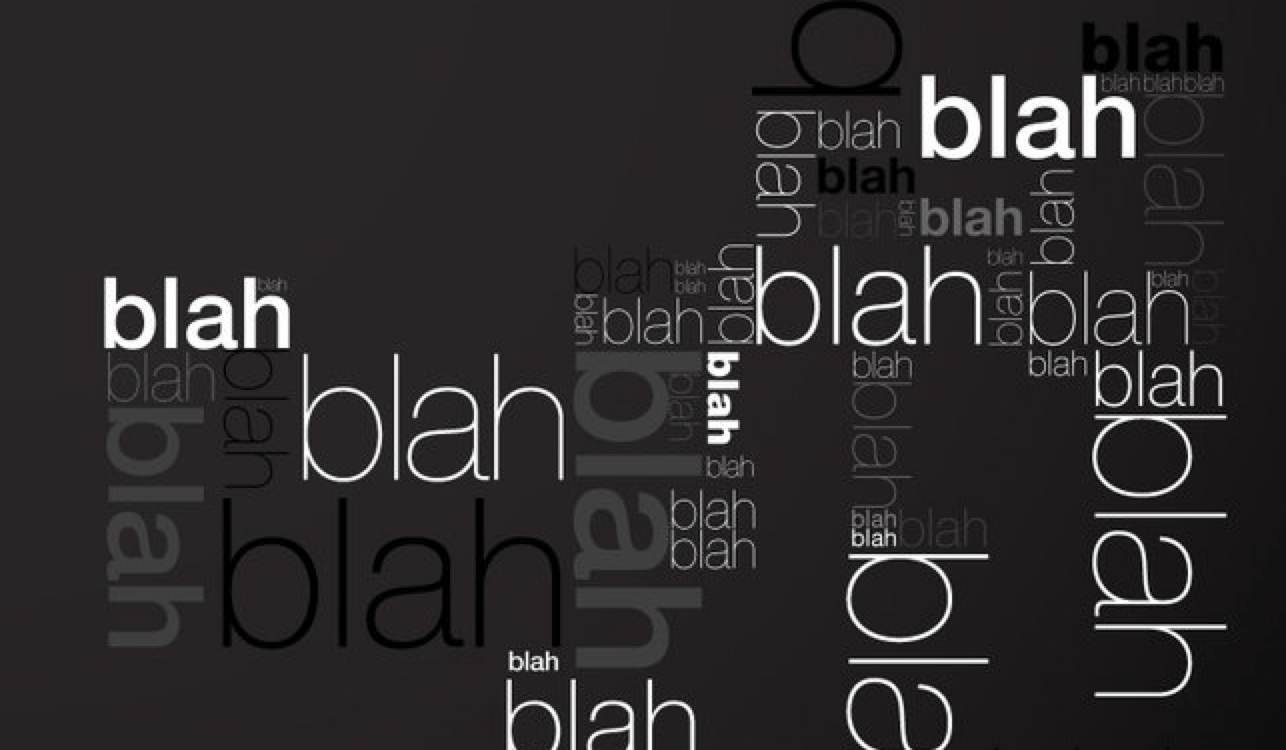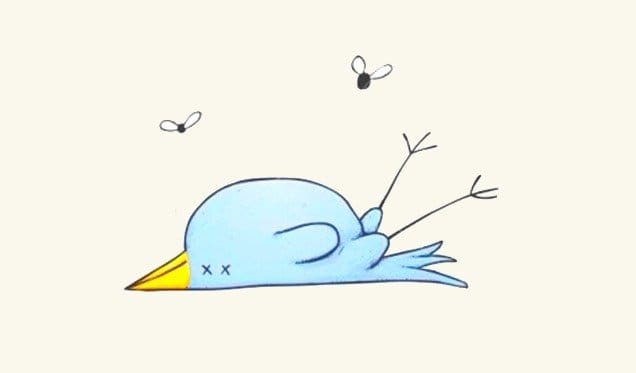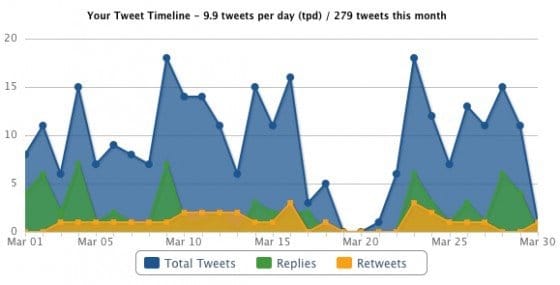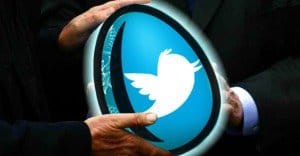 Written by ContentPowered.com
Written by ContentPowered.com
Unlike Facebook, Twitter is not a curated experience. On Facebook, the average user sees around 300 posts per day, from the various friends, family members, brands and entities they follow or network with. Without EdgeRank, without Facebook’s filters, that same average user would more likely see around 1,500 posts every single day. This would result in an incredibly flood of information, most of which the user wouldn’t want to see. They might also miss important messages due to the constant press of information.
Contrast this with Twitter. Twitter is a real-time feed that just posts in reverse chronological order everything that is posted by anyone who you follow. When you follow more than a few active people, this means you can see a lot of tweets every time you log in.
This is known to be a bit of a problem, and in fact Twitter has mentioned that it’s not the most efficient or effective way to broadcast information. However, the unfiltered access to the feed is one of the primary selling points of Twitter, and the brand knows that applying a filter of their own design would drive away users. It’s been hinted at, but nothing is in the pipeline, at least nothing that Twitter has mentioned publicly.
Therefore, in order for a user to see a tweet made by your business, the right things need to happen. Either the user needs to be checking their feed at the exact moment – or shortly after – you post a tweet, so they see it near the top and don’t have to dig for it. Or, they have to be the kind of person who scrolls back through what they’ve missed since the last time they logged in. Both types of users exist, and both are likely following you, but one will miss some of your messages unless you’ve posted at just the right time.
There are other ways to get your tweets in front of users. For example, a sponsored tweet will show up outside of chronological order, because it’s an advertisement displayed in the feed, rather than a simple message. There’s also the Twitter digest the site sends out to users, informing them of recent popular tweets. The digest isn’t paid placement, though; for that, you might as well send out curated tweets in your own newsletter and focus on getting Twitter followers to sign up.
Reasons to Tweet More Often
Social media frequency is an often-studied aspect of social marketing. In general, the number one mistake made by businesses on social media today is not posting often enough. It’s all one big self-fulfilling prophecy.
- When you’re not a big, popular brand, your posts aren’t retweeted very frequently. This goes for Facebook and other social networks as well. This lack of sharing means you aren’t as visible.
- When you aren’t as visible, particularly on Twitter with the chronological feed, you start to look like you’re not posting much at all.
- When it doesn’t look like you’re active, you begin to suffer. Users who haven’t seen a tweet from you in months will remove you from their lists, even if you’re posting but they aren’t seeing.
- You also lose out on users who might want to follow you but don’t see much activity. People only follow people whose messages they want to see. If you aren’t posting messages, there’s nothing for them to want to see, so they won’t follow you to see it.
Brands then take a look at their analytics and see that their returns from social media are low, lower than their investment would indicate. They determine it “doesn’t work” or “isn’t profitable” and so they
abandon it or back off even more. This hurts more, and leads into further cuts in investment, until it’s abandoned completely.
How Often Should You Tweet?
The most frequently cited study on tweet activity comes from Buffer’s study of their own posting habits. Buffer is, of course, a social media success, so you can probably do well following their advice. You might want to experiment, however, and see if you can do better.
Buffer’s Twitter usage is interesting. They begin with a warning; you need to avoid crossing the line between frequent and spam. Don’t post so often that users get sick of your logo in their feeds – they’ll just remove you. Don’t post so rarely that users never see you.
Buffer posts 14 times daily on Twitter. This happens between midnight and 10pm, a 22-hour span. On Weekends they post even less, only seven times per day, around once every three hours.
Similar figures are corroborated by Social Bakers in their own study. They found that brands that tweeted only three times per day were the best. However, that’s only in terms of average engagement rates. More tweets, with lower average engagement, but more diverse engagement, is better.
Of course, you’ll have to test to find out what works best for you. Try upping the number of times you post per day by one or two, and measure the results. Do this repeatedly until you start to see diminishing returns, then dial it back.
One recommendation, from New Media Force, scales to a much higher level. They recommend measuring your peak activity hours and tweeting twice per hour during those peak hours. During off-peak hours, one tweet per hour is fine.
What to Fill the Gaps
When you’re increasing the number of posts you make each day, you’re going to run out of content fairly quickly. After all, one you’ve posted about your ongoing sale and your new blog entry, what’s left?
- Other original content you’ve written, including guest posts on other sites, interviews you’ve given, or older blog posts you think deserve another mention.
- Responses to public messages, including complaints, which you can address publicly for a bit of positive PR. Don’t forget to thank people, particularly high-profile users, for their mentions of your brand!
- Retweets of content relevant to your audience and your brand. This is particularly useful for franchise businesses, where a franchise can retweet a promotion posted by the head office, or something similar.
- Curated content. Curating interesting content from around the web can show you’re in touch with the Internet, with your industry and with your audience at large.
Once you keep your eyes open and start scheduling tweets throughout the day, you’ll find you have more than enough content to fill the gaps.


